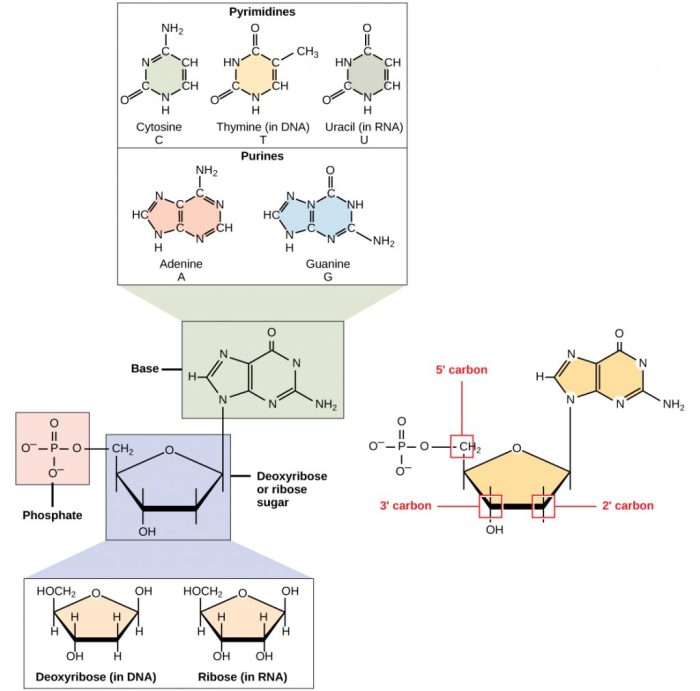Art-labeling activity structure of the nucleic acids dna and rna – The art-labeling activity structure of nucleic acids DNA and RNA provides a groundbreaking approach to visualizing and analyzing these fundamental biological molecules. This technique empowers researchers to decipher the intricate molecular architecture of DNA and RNA, unlocking insights into their essential roles in cellular processes and genetic inheritance.
Through innovative labeling methods, scientists can illuminate the structural complexities of DNA and RNA, revealing the precise arrangement of nucleotides, base pairing patterns, and the distinctive features that differentiate these molecules.
Introduction

Nucleic acids, deoxyribonucleic acid (DNA) and ribonucleic acid (RNA), are essential molecules in biological systems. They carry genetic information, control cellular activities, and facilitate communication within cells and between organisms. Art-labeling techniques are powerful tools used to visualize and analyze nucleic acids, providing insights into their structure, expression, and function.
Structure of DNA and RNA

DNA
DNA is a double-stranded molecule composed of nucleotides. Each nucleotide consists of a deoxyribose sugar molecule, a phosphate group, and a nitrogenous base. The nitrogenous bases in DNA are adenine (A), thymine (T), cytosine (C), and guanine (G). The two DNA strands are held together by hydrogen bonds between complementary base pairs: A with T, and C with G.
RNA
RNA is a single-stranded molecule composed of nucleotides. Each nucleotide consists of a ribose sugar molecule, a phosphate group, and a nitrogenous base. The nitrogenous bases in RNA are A, uracil (U), C, and G. Unlike DNA, RNA does not contain thymine; instead, uracil is used in its place.
Art-Labeling Techniques

Southern Blotting
Southern blotting is a technique used to detect specific DNA sequences in a sample. The DNA is first digested with restriction enzymes, which cut the DNA at specific recognition sites. The fragments are then separated by gel electrophoresis, and transferred to a nitrocellulose membrane.
The membrane is then probed with a labeled DNA fragment complementary to the target sequence. If the target sequence is present in the sample, it will bind to the labeled probe, and the location of the target sequence can be visualized.
Northern Blotting, Art-labeling activity structure of the nucleic acids dna and rna
Northern blotting is a technique used to detect specific RNA sequences in a sample. The RNA is first extracted from the sample and separated by gel electrophoresis. The RNA is then transferred to a nitrocellulose membrane, and the membrane is probed with a labeled RNA fragment complementary to the target sequence.
If the target sequence is present in the sample, it will bind to the labeled probe, and the location of the target sequence can be visualized.
In Situ Hybridization
In situ hybridization is a technique used to detect specific nucleic acid sequences in cells or tissues. The nucleic acid probe is labeled with a fluorescent dye or a radioactive isotope, and the probe is then hybridized to the target sequence in the cells or tissues.
If the target sequence is present, the probe will bind to it, and the location of the target sequence can be visualized using fluorescence microscopy or autoradiography.
Question & Answer Hub: Art-labeling Activity Structure Of The Nucleic Acids Dna And Rna
What is the significance of art-labeling in molecular biology?
Art-labeling allows researchers to visualize and analyze specific DNA or RNA sequences, providing valuable insights into gene expression, genetic disorders, and cellular processes.
How does art-labeling differ from traditional staining techniques?
Art-labeling techniques utilize specific probes that bind to complementary sequences within the nucleic acid molecule, providing targeted and sensitive detection.
What are the limitations of art-labeling techniques?
Cross-reactivity, background noise, and the need for specialized equipment can pose challenges in art-labeling experiments.